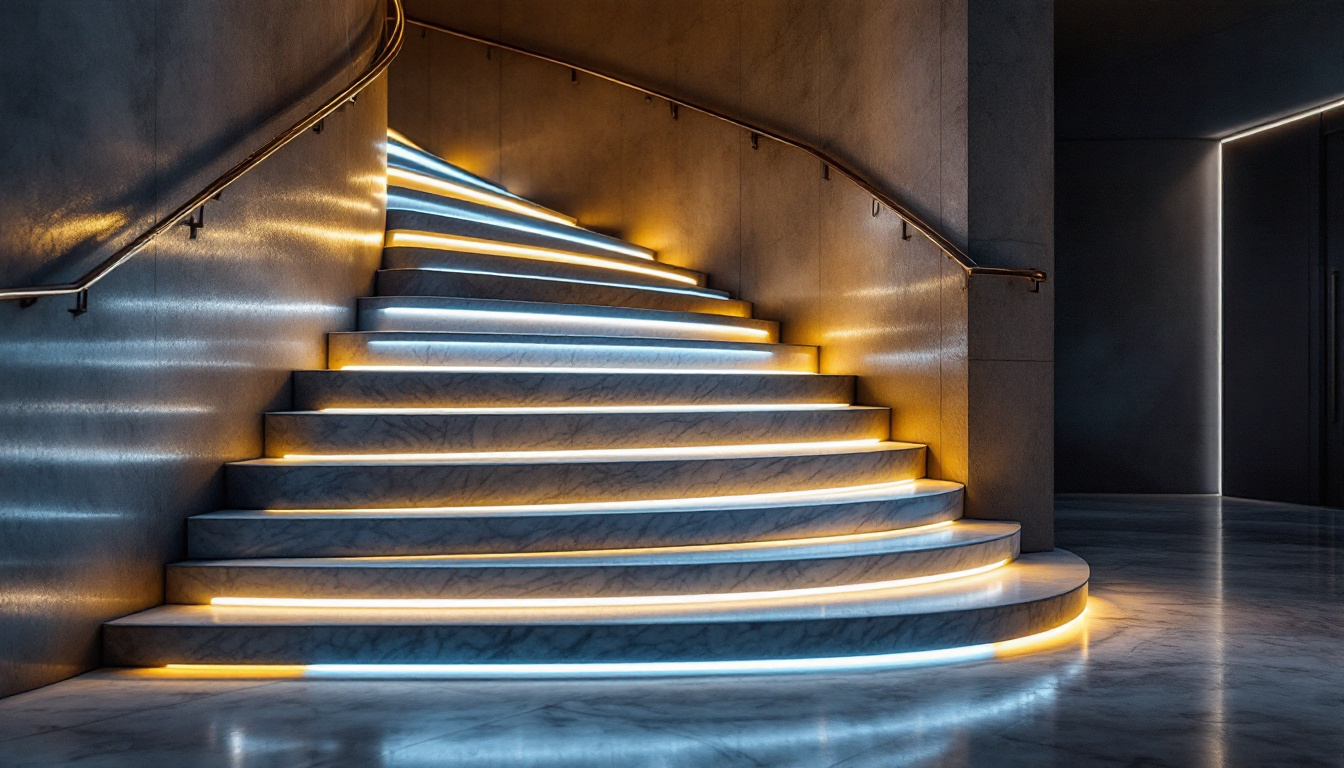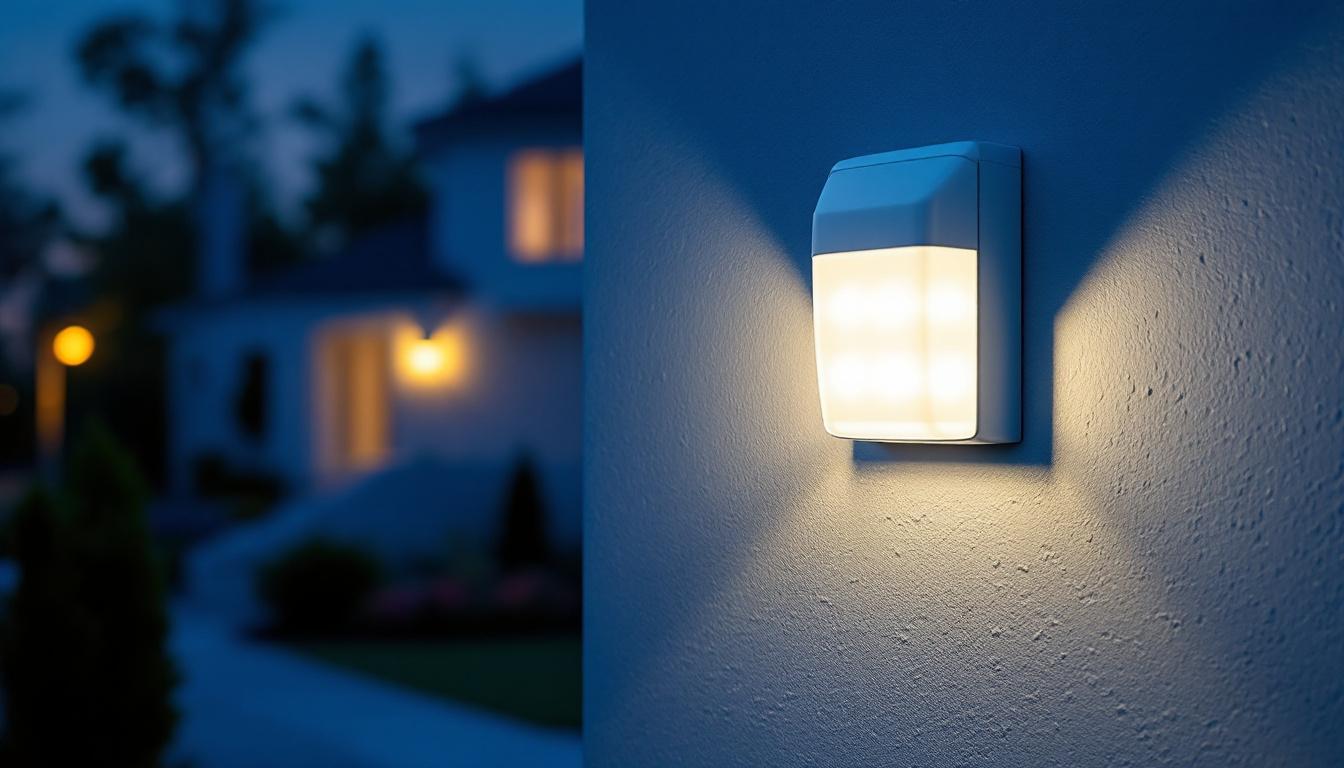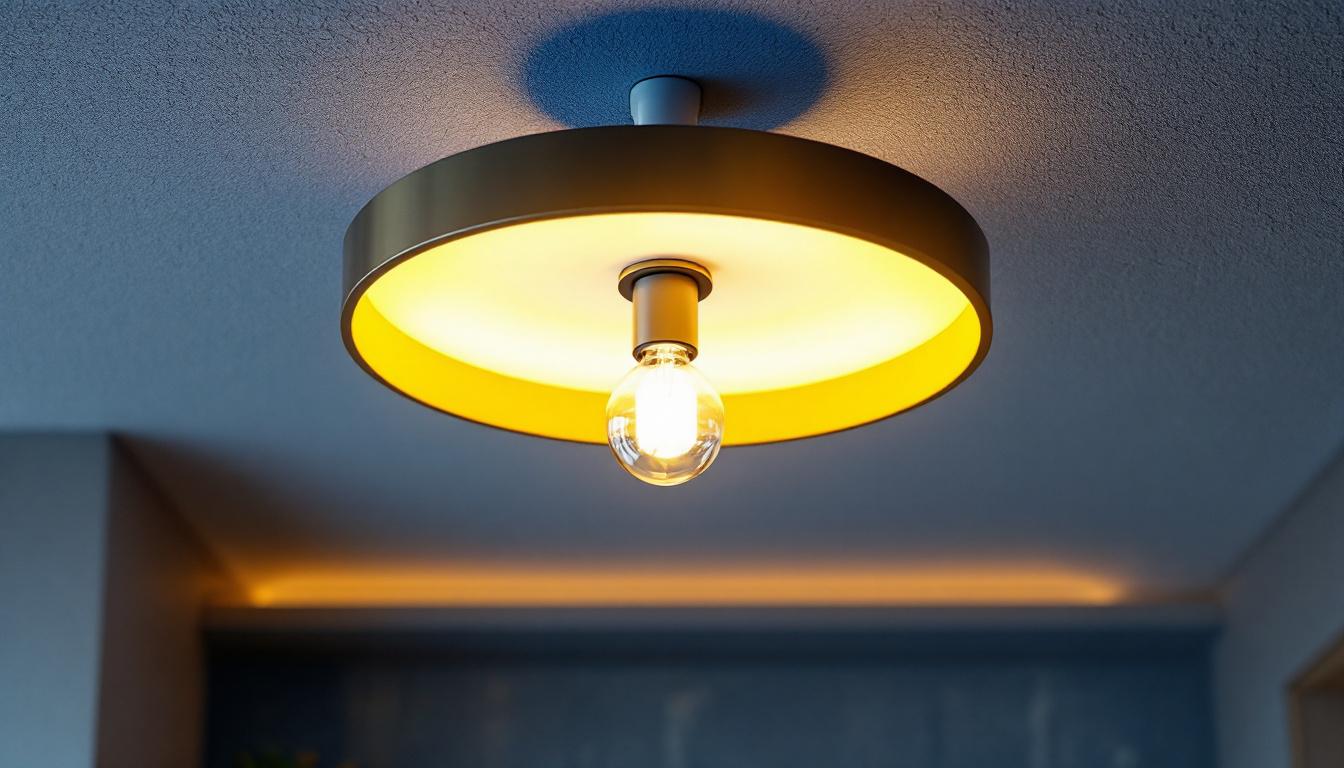
In the realm of modern construction and design, the integration of LED lighting into staircases has become increasingly popular. Not only does it enhance aesthetic appeal, but it also significantly improves safety. For lighting contractors, understanding the costs and considerations involved in building stairs with LED lights is essential. This article delves into the various factors that influence pricing, design options, installation techniques, and more.
When it comes to pricing a project that involves stairs with LED lights, several factors come into play. These can range from material costs to labor expenses, and understanding these elements can help contractors provide accurate estimates to their clients.
The choice of materials is one of the most significant factors affecting the overall cost. The type of stairs—whether they are wooden, metal, or concrete—will influence both the material and installation costs. Additionally, the quality of the LED lights themselves varies widely. Higher-quality LEDs may come with a higher price tag but often provide better longevity and energy efficiency.
Moreover, contractors should consider the type of fixtures and accessories needed for installation, such as dimmers, switches, and wiring. Each of these elements contributes to the total material cost and should be factored into the project estimate. For instance, opting for smart LED systems that can be controlled via smartphone apps might increase initial costs but can offer enhanced functionality and convenience, appealing to tech-savvy homeowners.
Labor costs can vary based on the complexity of the installation and the local market rates. For instance, a straightforward installation may require less time and fewer workers, while a more intricate design may necessitate a larger team and more hours on the job. It’s essential for contractors to assess the project scope accurately to provide a fair labor estimate.
Additionally, specialized skills may be required for certain installations, particularly if the design involves unique lighting patterns or advanced technology. Contractors should ensure their team is adequately trained to handle these complexities, as this can impact both the timeline and overall cost of the project. Furthermore, investing in continuing education for the workforce can lead to higher quality work and potentially lower costs in the long run, as skilled labor can often complete jobs more efficiently.
The design of the staircase itself plays a crucial role in determining costs. Simple, straight staircases are generally less expensive to illuminate than spiral or custom-designed stairs. Furthermore, the placement of LED lights—whether they are integrated into the risers, treads, or handrails—will also affect the overall price.
Contractors should work closely with clients to understand their design preferences and budget constraints. Offering various design options can help clients visualize the final product and make informed decisions about their investment. For example, incorporating ambient lighting can create a warm and inviting atmosphere, while task lighting can enhance safety and functionality. Additionally, discussing the potential for future upgrades or expansions can help clients see the long-term value of their investment, ensuring that the project not only meets their immediate needs but also aligns with their future plans.
There are several types of LED lighting options available for staircases, each offering unique benefits and aesthetic qualities. Understanding these options can help contractors recommend the best solutions to their clients.
recessed LED lights are often installed directly into the stair risers or treads, providing a clean and modern look. This type of lighting is particularly effective for illuminating the edges of stairs, enhancing safety without being overly obtrusive. The installation of recessed lights usually requires cutting into the stairs, which can increase labor costs.
One of the advantages of recessed lighting is its ability to create a seamless appearance. However, contractors should ensure that the lights are installed at the correct height and angle to maximize visibility and minimize glare. Additionally, recessed lighting can be paired with dimmer switches, allowing homeowners to adjust the brightness according to the time of day or mood, further enhancing the overall ambiance of the space.
LED strip lights are another popular option for stair lighting. These flexible strips can be easily installed along the edges of stairs or within handrails, providing a continuous line of light. Strip lights are available in various colors and brightness levels, allowing for customization based on client preferences.
Installation is relatively straightforward, often requiring adhesive backing or mounting clips. However, contractors should ensure that the strips are rated for the intended use, especially in outdoor settings where moisture may be a concern. Furthermore, LED strip lights can be integrated with smart home systems, enabling homeowners to control the lighting remotely or set schedules, which adds a layer of convenience and modernity to the stairway lighting solution.
Step lights are designed specifically for illuminating individual steps. These fixtures can be mounted on the wall or directly onto the stairs, providing targeted lighting that enhances visibility. Step lights come in various designs, from sleek and modern to more traditional styles, allowing for a range of aesthetic choices.
While step lights can be more expensive than other options, their focused illumination can significantly improve safety, making them a worthwhile investment for many clients. Proper placement is critical to ensure that the light effectively highlights each step without creating shadows. Additionally, step lights can be equipped with motion sensors, which activate the lights as someone approaches the stairs, providing an extra layer of safety and energy efficiency by ensuring the lights are only on when needed. This feature not only enhances the functionality of the lighting but also contributes to a more welcoming environment for guests navigating the staircase.
Proper installation techniques are crucial for ensuring that LED lights function effectively and safely. Lighting contractors must be familiar with various installation methods to accommodate different stair designs and lighting types.
Before installing any LED lighting, contractors must assess the existing electrical infrastructure. This includes checking for adequate power supply and ensuring that the wiring can support the additional load. In some cases, upgrading the electrical system may be necessary.
It’s also essential to follow local building codes and regulations regarding electrical installations. This ensures not only safety but also compliance with any legal requirements. Contractors should stay updated on these codes to avoid potential issues during installation.
Correct placement and alignment of LED lights are vital for achieving the desired lighting effect. For recessed lights, careful measurements must be taken to ensure that they are evenly spaced and positioned at the right height. For strip lights, contractors should consider the angle and direction of the light to minimize glare and maximize visibility.
Additionally, testing the lights before finalizing the installation can help identify any adjustments that may be needed. This step can save time and resources in the long run by ensuring that the lighting meets the client’s expectations.
Safety should always be a top priority during installation. Contractors must ensure that all electrical connections are secure and that there are no exposed wires. Using weatherproof fixtures for outdoor stairs is also essential to prevent electrical hazards.
Furthermore, ensuring that the stairs themselves are structurally sound is crucial. Any issues with the staircase should be addressed before installing LED lights, as this can prevent complications down the line.
Once the installation is complete, ongoing maintenance is essential to ensure the longevity and performance of the LED lights. Contractors should advise clients on proper care and maintenance practices to keep the lighting system in optimal condition.
Conducting regular inspections of the lighting system can help identify any issues before they become significant problems. This includes checking for burnt-out bulbs, loose connections, and any signs of wear and tear on fixtures.
Encouraging clients to perform these inspections periodically can help extend the lifespan of the lighting system and maintain its effectiveness. Providing a maintenance schedule can also be beneficial for clients who may not be familiar with the requirements.
Keeping LED fixtures clean is essential for maintaining their brightness and efficiency. Dust and debris can accumulate over time, reducing the effectiveness of the lights. Contractors should recommend appropriate cleaning methods and products to avoid damaging the fixtures.
For outdoor installations, additional considerations may be necessary to protect against weather-related wear. Advising clients on how to shield their lights from the elements can enhance durability and performance.
As technology continues to advance, there may be opportunities for clients to upgrade their LED lighting systems. Contractors should stay informed about the latest developments in LED technology, such as smart lighting systems that offer enhanced control and customization options.
Discussing potential upgrades with clients can open up new avenues for improving their lighting systems and enhancing their overall experience. This proactive approach can also position contractors as knowledgeable professionals in the field, fostering trust and long-term relationships with clients.
Building stairs with LED lights presents a unique opportunity for lighting contractors to enhance both the functionality and aesthetic appeal of a space. By understanding the various cost factors, lighting options, installation techniques, and maintenance requirements, contractors can provide exceptional service to their clients.
As the demand for innovative lighting solutions continues to grow, staying informed about the latest trends and technologies will be crucial for success in this competitive industry. By prioritizing quality, safety, and client satisfaction, lighting contractors can establish themselves as leaders in the field of stair lighting design and installation.
Ready to take your stair lighting projects to the next level? At LumenWholesale, we provide lighting contractors with the superior, spec-grade LED lighting solutions you need at unbeatable wholesale prices. Say goodbye to costly markups and hello to a vast selection of reliable, high-performance lighting that meets the highest industry standards. Plus, with free shipping on bulk orders, you can enjoy the best value without any hidden fees. Elevate your lighting installations with the perfect blend of quality, affordability, and convenience. Visit LumenWholesale today for Wholesale Lighting at the Best Value and make every step of your project shine.

Explore the pros and cons of outdoor light junction boxes versus alternative solutions in this comprehensive guide.

Discover the most frequent errors lighting contractors make when installing ceiling fixtures and learn how to avoid them.

Discover how the innovative electrical junction box cover is revolutionizing the workflow of lighting contractors.

Discover the essentials of commercial electric car chargers in this comprehensive guide.